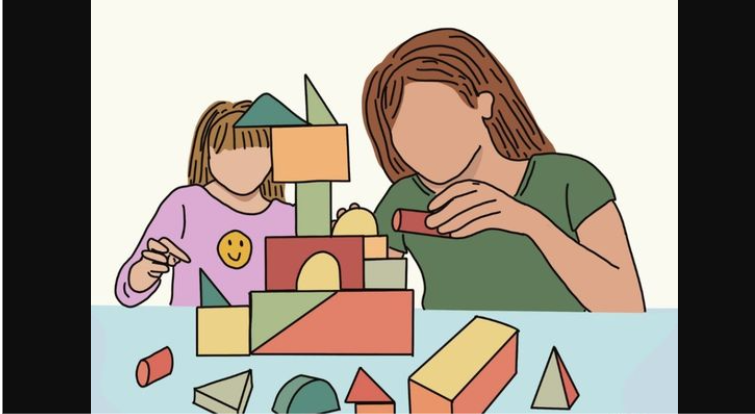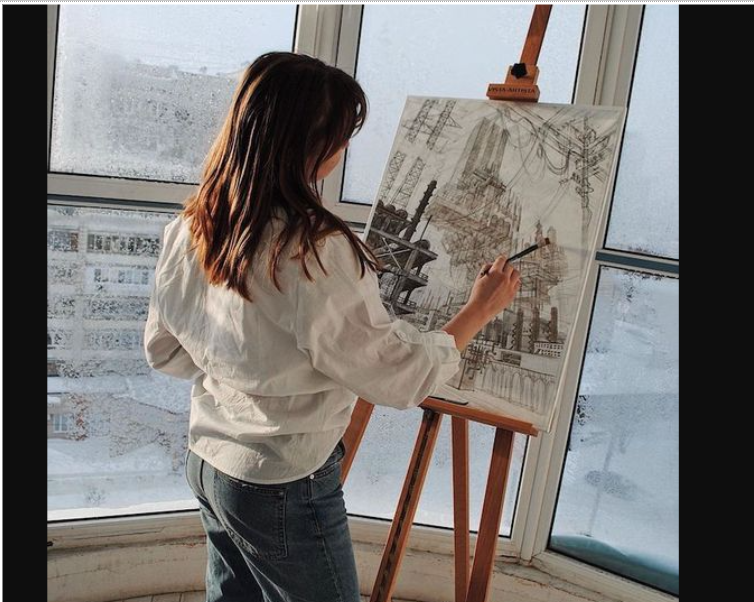Did it ever happen that you knew the name of a fruit drawn on board but couldn’t say anything? What exactly runs in the mind? Have you heard about Visual-Spatial Intelligence? This article covers all the answers to your question.
Visual-spatial intelligence is the ability to understand and interpret visual information. It helps individuals grasp patterns, shapes, and objects and mentally manipulate them.
It applies to individuals with creative or technical roles where understanding spatial relationships is key. Despite its strengths, one drawback is that people with this intelligence may struggle with verbal communication or tasks requiring linguistic skills.
It’s not the only type of intelligence, but developing visual-spatial intelligence can unlock creativity and problem-solving skills. This article explores the same; you’ll learn the exact meaning of Visual-Spatial Intelligence with the examples, advantages, and how to develop this ability.
What Is Visual Spatial Intelligence?
Visual-spatial intelligence is the mental capacity to recognize, interpret, and manipulate shapes, patterns, and objects. People with this intelligence can visualize objects, understand spatial relationships, and mentally rotate or transform them.

They’re experts at reading maps, assembling objects, solving spatial puzzles, and creating artwork. This type of intelligence helps individuals make sense of the physical world around them.
People with high visual-spatial intelligence are skilled in seeing the connections between objects in space, making them valuable in fields such as architecture, engineering, design, and art.
Examples Of Visual-Spatial Intelligence
After getting a clear understanding of Visual-Spatial Intelligence, Let’s unlock the examples for more clarity:

- Mental Rotation: This involves mentally visualizing and manipulating objects in three-dimensional space. For example, one can imagine how a puzzle piece would fit into a puzzle without physically trying it. Psychology Today organizes an online 3D puzzle test to analyze your Visual-Spatial Intelligence ability. This is a free test to check your visual and perceptual skills.
- Art and Design: Architects rely on visual-spatial intelligence to visualize buildings and how different elements like doors, windows, and rooms fit together before creating blueprints. Movies like Inception (Hollywood) and Ghajini (Bollywood) depict characters who can showcase advanced visual-spatial abilities.
- Solving Puzzles: This involves completing a complex puzzle and understanding the relationship between each piece and how they fit together visually. A Teacher’s Guide to Visual-Spatial Intelligence helps students enhance these skills in classrooms through different methods.
- Navigate Cities Without GPS: Some people can navigate easily without a map or GPS. They rely on their ability to visualize streets and landmarks in their minds.
Advantages Of Visual-Spatial Intelligence
Visual-spatial intelligence provides several benefits that extend into different areas of life and work. Here are some of the key advantages:
- Enhanced Problem-Solving Skills: People with high visual-spatial intelligence can solve problems involving shapes, spaces, and patterns, such as architectural designs or jigsaw puzzles.
- Creative Mindset: Visualizing abstract ideas helps in the creative process, particularly in art, music, and design. Light Language is the best practice to self-discover and is an energetic form of communication to enhance creativity.
- Effective in Hands-On Tasks: From carpentry to painting, people with this intelligence excel in tasks that require working with physical objects.
- Understanding of Geometry and Math: Visual learners often find it easier to grasp concepts related to geometry and other forms of mathematical visualization.
- Pattern recognition: They can quickly identify patterns and relationships between objects or concepts, which can be beneficial in various fields.
In addition to beneficiaries, the famous Bollywood movie “Taare Zameen Par” is also related to Visual-Spatial Intelligence. The movie shows a kid with dyslexia who eventually discovers his artistic talent with the Art teacher, the character played by Amir Khan.
How To Develop Visual-Spatial Intelligence
If you want to boost your visual-spatial intelligence, there are various activities you can try. Here are some effective ways to improve this skill:

- Practice Drawing: Regularly drawing objects from memory or observing your surroundings enhances your ability to visualize and understand shapes.
- Solve Puzzles: To sharpen your spatial awareness, engage in puzzle-solving activities such as jigsaw puzzles, Rubik’s cubes, and spatial reasoning games.
- Play Video Games: Certain video games, like Tetris or Minecraft, require players to manipulate objects and build structures, which strengthens spatial intelligence.
- Study Maps: Learn how to navigate using maps, both on paper and digitally. This will help improve your spatial navigation skills without relying on GPS.
- Engage in 3D Modeling: Try using 3D modeling software or building blocks like LEGO to visualize and create objects in a three-dimensional space.
Is Visual-Spatial Intelligence Helpful?
Visual-Spatial Intelligence is highly beneficial in many fields, such as architecture, engineering, and design, where understanding space and structure is crucial.
It also helps with problem-solving abilities by allowing individuals to visualize different scenarios and find solutions more effectively. For example, surgeons use visual-spatial intelligence when operating on patients, while artists use it to create visually appealing works.
Additionally, it can help with day-to-day activities like organizing furniture or exploring new cities. Mindvalley courses can help you stay focused in your daily practice. Overall, this type of intelligence enhances both professional and personal life experiences.
Conclusion: The Positive Impact Of Visual-Spatial Intelligence
Visual-spatial intelligence enhances creativity, problem-solving skills, and spatial navigation, making it useful for both professional tasks and everyday challenges.
People with strong visual-spatial intelligence excel in architecture, art, engineering, and even gaming fields, where mental visualization and spatial awareness are quite mandatory.
Developing this skill benefits those looking to improve their logical and creative abilities. Anyone can improve their visual-spatial intelligence by practicing drawing, puzzles, and other spatial activities.
So, Visual-Spatial Intelligence is not a challenge, but with practice, it can be a powerful process for interpreting visual information.
